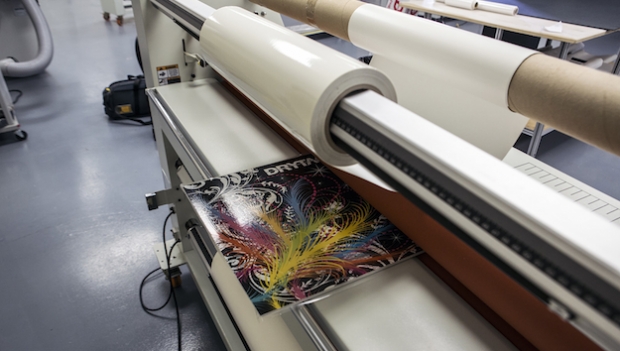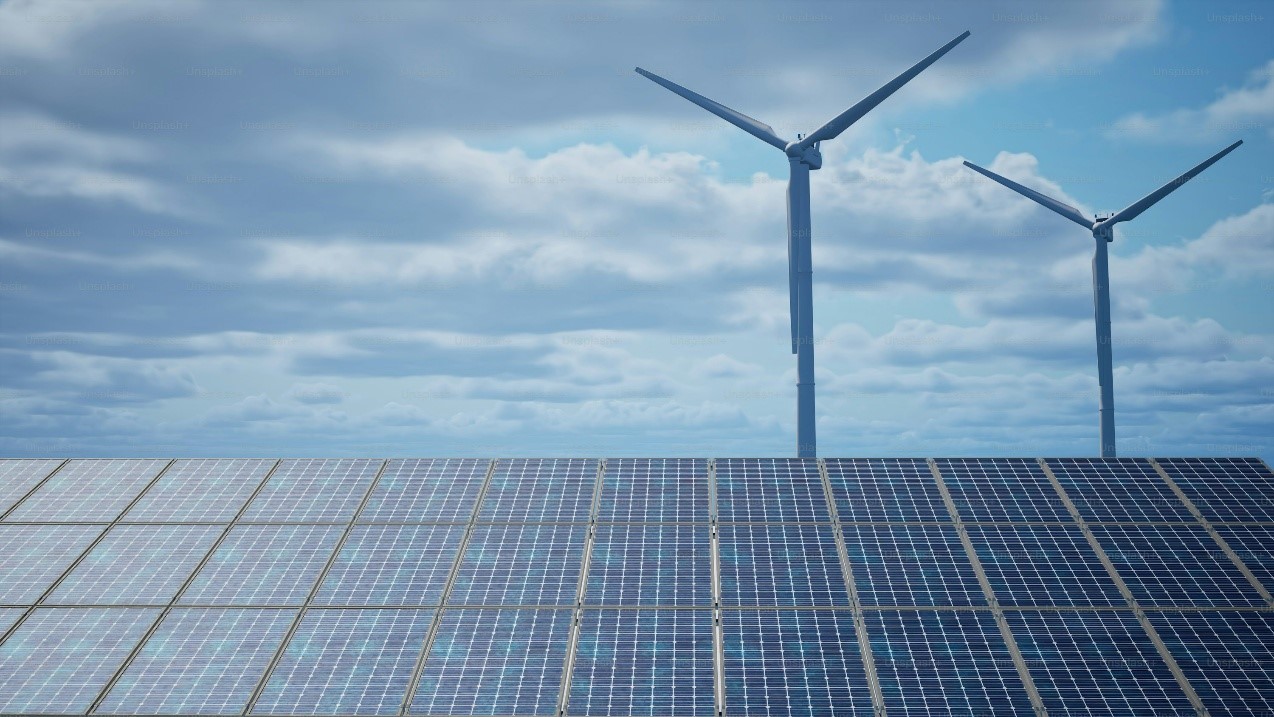
3D Printed Packaging


What is 3D Printing?
Also known as additive manufacturing, 3D printing take a digital file as input to produce solid, three dimensional objects by ejecting molten plastic (or bioplastic) on to a base and gradually building up the design by layers. Each layer can be seen as a thinly sliced horizontal cross-section of the eventual object.
Benefits of 3D Printing
1. The super-speed to prototype: 3D printing technology is exponentially faster than most other manufacturing methods and is the best way to test products before initiating full blown production.
2. High levels customization and creative design: Computer-Aided Design (CAD) modelling and simulation prior to making any investments in raw material or production machinery enhances the overall design process and final product quality. Visualization capabilities of design ideas have grown immensely since the introduction of 3D printing.
3. Versatile Application: 3D printing can be used to manufacture both the product and the machinery required to manufacture the product.
3D Printing in Use
SMART CUPS
Smart Cups is a California-based start-up that ships empty biodegradable plastic cups with polycapsule flavours created with additive manufacturing. When water is added to these cups, it turns into flavourful energy drinks. This happens because of the 3D printed capsules embedded in the cup, which react with the water to produce the drink.
The product is not only one-of-its-kind in its category but also leads to a sharp reduction in storage and transportation requirements. The manufacturing process is also completely waterless.
Currently, the primary factor holding 3D printing back from going mainstream in packaging remains the higher costs in scaling up production using 3D printers compared with more standard formats.
Market Insights1
The global 3D printing market was valued at USD 18.33 billion in 2022
It is projected to grow from USD 22.40 billion in 2023 to USD 105.99 billion by 2030, exhibiting a CAGR of 24.9% during 2023-2030.
North America dominated the global market with a share of 37.26% in 2022.







